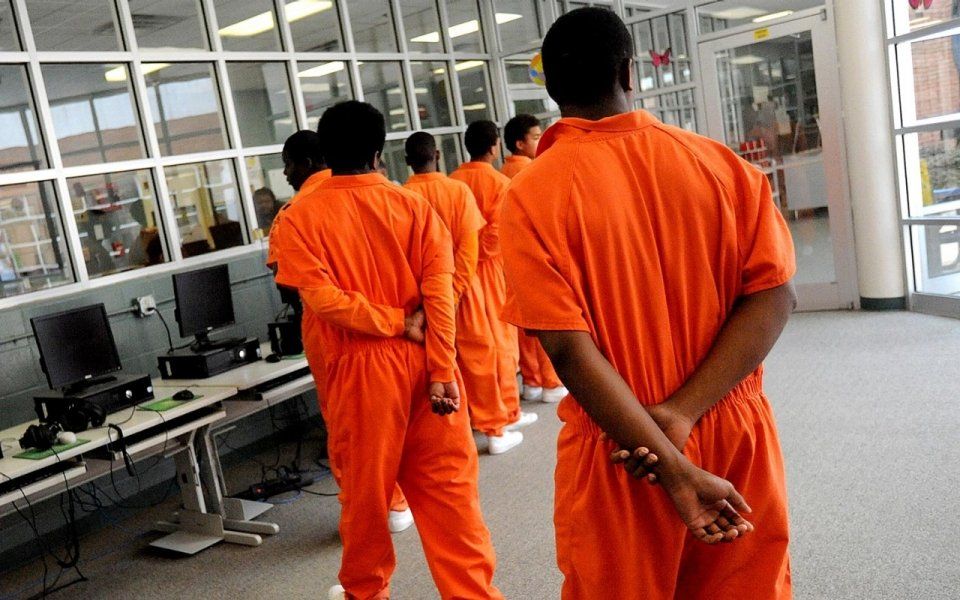Juvenile Incarceration Rates Lower, Yet Still Failing Our Youth
Report from Sentencing Project indicates youth incarceration doesn't improve public safety, harms physical and social development

Though the number of juveniles confined nationwide has declined significantly over the past two decades, our country still incarcerates far too many young people. Overwhelming evidence gathered over the years since the explosion of juvenile incarceration rates in the 1980's shows that incarceration is an ineffective strategy for steering youth away from delinquent behavior and that high rates of youth incarceration do not improve public safety. Incarceration harms young people’s physical and mental health, impedes their educational and career success, and often exposes them to abuse. Furthermore, the use of confinement is plagued by severe racial and ethnic disparities, serving only to deepen the existing socioeconomic divides among those minority communities.
The report titled "Why Youth Incarceration Fails" finds that the sizable drop in juvenile facility populations since 2000 is due largely to a substantial decline in youth arrests nationwide and not to any shift toward other approaches by juvenile courts or corrections agencies once youth enter the justice system. Most youth who are incarcerated in juvenile facilities are not charged with serious violent offenses, yet the US continues to confine youth at many times the rates of other nations. In doing so, the current juvenile justice policies and practices continue to inflict the harms of incarceration disproportionately on Black youth and other youth of color, despite well-established alternatives that produce better outcomes for youth and community safety.
Key Points:
- Incarceration does not reduce delinquent behavior.
- Incarceration impedes young people’s success in education and employment.
- Incarceration does lasting damage to young people’s health and wellbeing.
- Early childhood trauma often feeds delinquency in adolescence.
- Incarceration can retraumatize youth and make them less likely to succeed.
- Community Alternatives to Confinement Achieve Equal or Better Outcomes at Far Lower Cost.
You view and read the downloadable this extensive PDF report "Why Youth Incarceration Fails" from The Sentencing Project.










